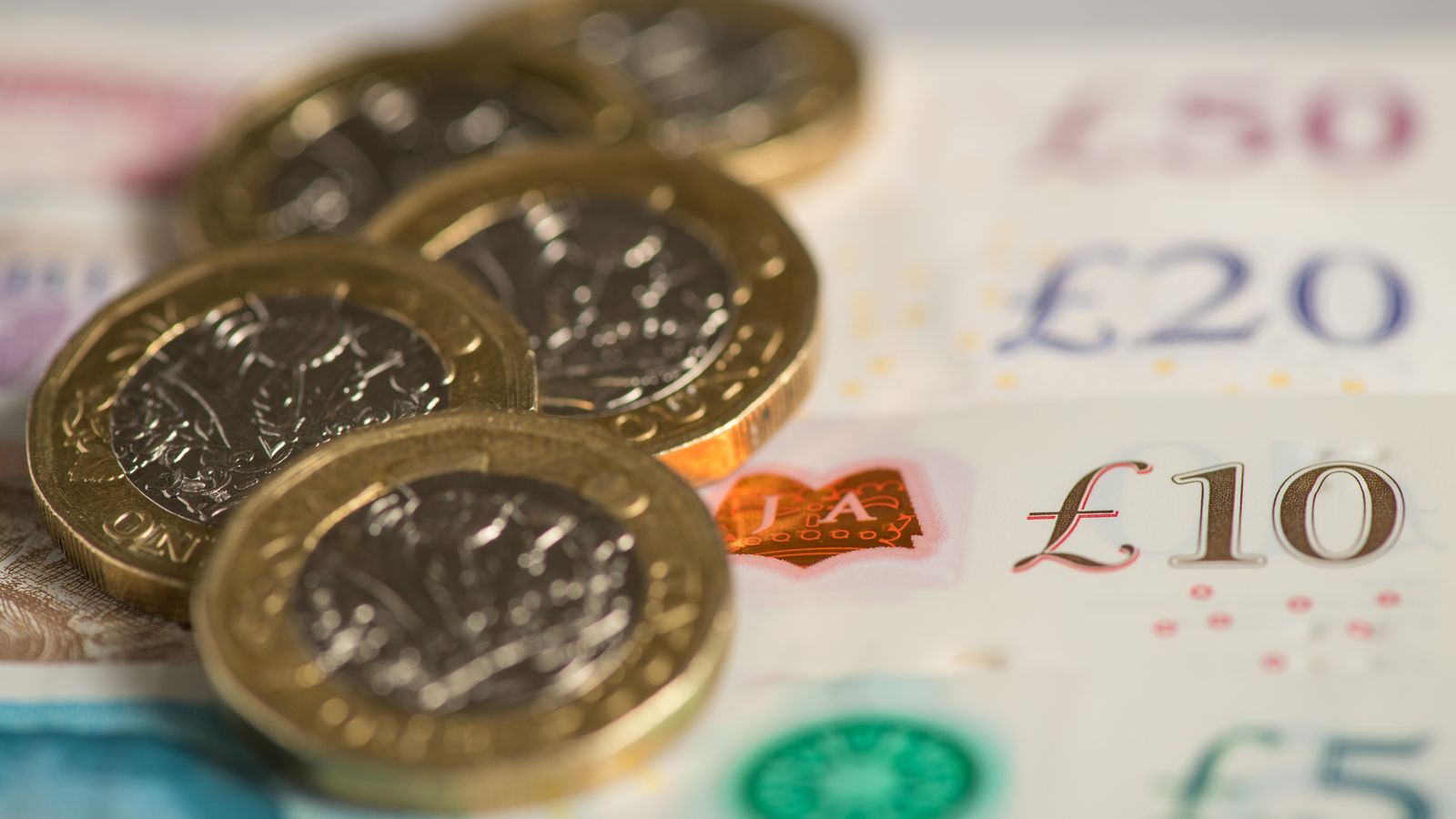The scourge of inflation has not yet been defeated but there are reasons to be hopeful.
After peaking at 11.1% in October, the headline rate has dropped to 10.1%. It means that inflation has fallen for three consecutive months now.
Falling wholesale energy prices and cheaper air fares have helped to bring the consumer prices index (CPI) down but households are still facing eye-watering price pressures, especially when it comes to food prices which are rising at their fastest pace since the late 1970s.
At 10.1%, the inflation rate is still considerably above the Bank of England’s 2% target. However, it may start coming down quickly now.
So far, the Bank of England’s forecasts have been correct. Inflation fell in line with its projections and, if this continues, the headline rate of inflation could be down to 4% by the end of the year.
That will be celebrated by the government, which has made its stated aim to halve inflation by the end of the year.
Be the first to get Breaking News
Install the Sky News app for free
Lower interest rates ahead?
It may take the pressure off policymakers, who are weighing up whether to raise rates again from their current level of 4%.
The monetary policy committee has implemented 10 consecutive interest rate rises since December 2021 from a historic low of 0.1%. Financial markets were pricing in another two rate rises, taking the base rate to 4.5% by the summer, but this may no longer be necessary.
Read more
Spending calculator: See which prices have gone up or down
Interest rates could rise as private sector wages increase
Ruth Gregory, deputy chief economist at Capital Economics, said: “The sharp fall in CPI inflation from 10.5% in December to 10.1% in January was the most eye-catching part of today’s CPI release.
“But it is the easing in services inflation that will do the most to reassure the Bank of England that inflation is moderating as it had hoped. This suggests the chances of interest rates rising from 4% now to our forecast of 4.5% are now a bit slimmer.”
The Bank of England will be keeping a very close eye on core inflation when determining the state of inflation in the UK. This excludes volatile items such as energy and food. Central bankers focus on this as it helps them to distinguish the “signal from the noise”.
Members of the Bank of England are aware that goods prices have also been skewed by supply chain bottlenecks so It has been looking at underlying inflation in the services sector in particular.
Its preferred measure excludes airline fares, package holidays and education from the main services index. This fell from 6.5% to 6% in January, undershooting the bank’s 6.7% forecast – more good news.
:: Listen and subscribe to The Ian King Business Podcast here
Reasons to be cheerful
Looking ahead there are more reasons to be hopeful.
Wholesale energy prices will continue to feed through to gas and electricity prices and global agricultural commodity prices have stabilised, which should offer some respite at supermarkets.
It comes on the back of data published on Tuesday, which shows that inflationary pressure in the jobs market is also subsiding.
Britain’s labour market has been very tight in recent months and this has been supporting wage growth.
The Bank of England, like its counterpart in the US, has been keeping a very close eye on this as it fears that firms may put up their prices to fund pay rises, fuelling more inflation. However, the latest figures suggest that the momentum here has also peaked.
Economists at Pantheon macroeconomics said the headline rate of inflation could even hit the target of 2% by the end of the year.
Samuel Tombs, its chief economist, said: “Core goods CPI inflation should fall sharply as retailers pass on some of the savings from the collapse in shipping costs, and cut prices to shift excess inventory from their balance sheets.
“Granted, the inflation rate for some services components, such as communication, will rise further this year, as annual price rises are linked to the previous year’s headline rate of inflation.
“But with energy inflation fading and private-sector wage growth starting to lose momentum, services CPI inflation also likely will fall back significantly in the second half of this year.”









